
Insadong: The Cultural Heartbeat of Seoul
Discover Insadong: A vibrant blend of traditional Korean culture, art, and culinary delights in the heart of Seoul.
Nestled in the heart of Seoul, Insadong is a vibrant neighborhood that seamlessly blends traditional Korean culture with modern artistic flair. Renowned for its charming alleyways and historic architecture, Insadong offers a unique glimpse into Korea's rich heritage. The area is a treasure trove of antique shops, art galleries, and traditional tea houses, making it a haven for art enthusiasts and history buffs alike. Strolling through Insadong, you'll encounter a myriad of street performers and vendors, each adding to the lively atmosphere. The main street, Insadong-gil, is lined with shops selling everything from handmade crafts and ceramics to calligraphy materials and traditional clothing. This bustling street is the perfect place to find one-of-a-kind souvenirs that capture the essence of Korean culture. Insadong is also a culinary paradise, offering a wide array of traditional Korean dishes. From savory street food like hotteok (sweet pancakes) and tteokbokki (spicy rice cakes) to elegant meals in traditional hanok (Korean houses) restaurants, there's something to satisfy every palate. Don't forget to visit one of the many tea houses to experience the serene art of Korean tea drinking. For a deeper cultural experience, visit the nearby Jogyesa Temple, a beautiful Buddhist temple that serves as a peaceful retreat amidst the bustling city. The temple grounds are especially stunning during the Lantern Festival, when thousands of colorful lanterns illuminate the night sky. Whether you're a history enthusiast, an art lover, or a foodie, Insadong offers a rich tapestry of experiences that will leave you enchanted.
Local tips in Insadong
- Visit on weekends to enjoy the car-free streets and vibrant street performances.
- Stop by Ssamziegil, a multi-story shopping complex with unique local crafts and art.
- Try a traditional Korean tea experience at one of the many tea houses.
- Explore the side alleys for hidden gems and quieter spots.
- Don't miss the Jogyesa Temple, especially during the Lantern Festival.
Insadong: The Cultural Heartbeat of Seoul
Nestled in the heart of Seoul, Insadong is a vibrant neighborhood that seamlessly blends traditional Korean culture with modern artistic flair. Renowned for its charming alleyways and historic architecture, Insadong offers a unique glimpse into Korea's rich heritage. The area is a treasure trove of antique shops, art galleries, and traditional tea houses, making it a haven for art enthusiasts and history buffs alike. Strolling through Insadong, you'll encounter a myriad of street performers and vendors, each adding to the lively atmosphere. The main street, Insadong-gil, is lined with shops selling everything from handmade crafts and ceramics to calligraphy materials and traditional clothing. This bustling street is the perfect place to find one-of-a-kind souvenirs that capture the essence of Korean culture. Insadong is also a culinary paradise, offering a wide array of traditional Korean dishes. From savory street food like hotteok (sweet pancakes) and tteokbokki (spicy rice cakes) to elegant meals in traditional hanok (Korean houses) restaurants, there's something to satisfy every palate. Don't forget to visit one of the many tea houses to experience the serene art of Korean tea drinking. For a deeper cultural experience, visit the nearby Jogyesa Temple, a beautiful Buddhist temple that serves as a peaceful retreat amidst the bustling city. The temple grounds are especially stunning during the Lantern Festival, when thousands of colorful lanterns illuminate the night sky. Whether you're a history enthusiast, an art lover, or a foodie, Insadong offers a rich tapestry of experiences that will leave you enchanted.
Iconic landmarks you can’t miss
Ikseon-dong Hanok Village
Experience the enchanting blend of tradition and modernity at Ikseon-dong Hanok Village, a beautiful cultural gem in the heart of Seoul.
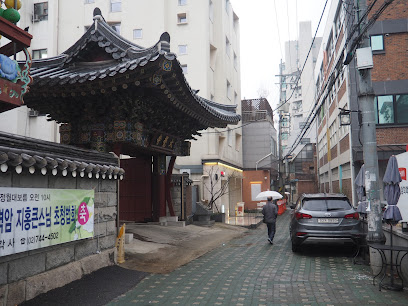
Insadong-gil Street
Discover the vibrant culture, art, and cuisine of Seoul at Insadong-gil Street, a must-visit destination for every traveler.
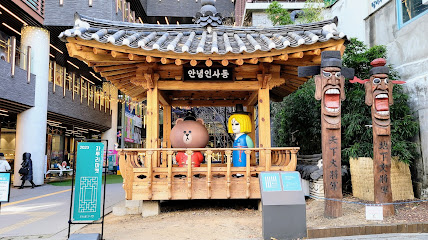
Insadong-gil
Discover the vibrant culture of Korea at Insadong-gil, where art, traditional tea, and delicious street food await in the heart of Seoul.
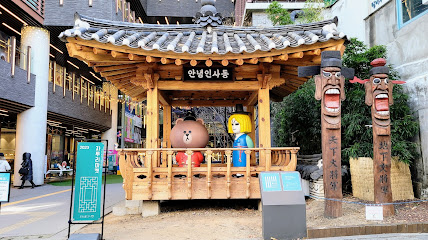
Jonggak Avenue of Youth
Experience the heart of Seoul at Jonggak Avenue of Youth, where vibrant nightlife, delicious food, and rich culture meet.
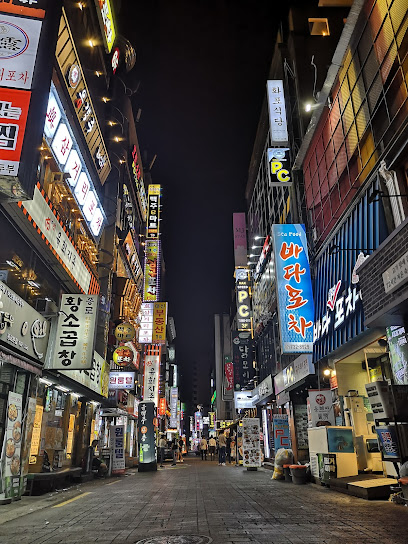
Insadong Culture Street
Explore Insadong Culture Street, where tradition meets modernity in a vibrant cultural tapestry of art, food, and heritage in the heart of Seoul.
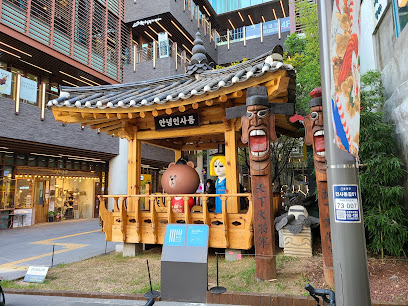
Insadong Information Center
Discover the cultural essence of Seoul at the Insadong Information Center, your gateway to art, history, and local traditions.
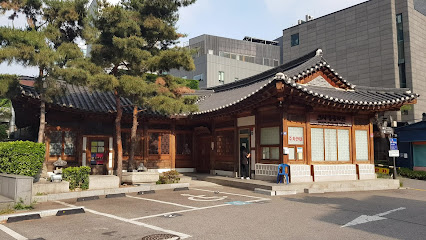
Hanok-gil (Insadong-gil)
Discover the enchanting charm of Hanok-gil, a historic street in Seoul filled with traditional architecture, art galleries, and authentic Korean cuisine.
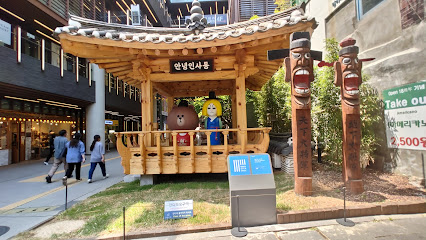
Unmissable attractions to see
Changdeokgung
Explore the splendor of Changdeokgung, a UNESCO World Heritage Site, where history and nature intertwine in the heart of Seoul.

Namsangol Hanok Village
Explore the tranquil beauty and rich cultural heritage of Namsangol Hanok Village, a serene escape in the heart of Seoul's vibrant landscape.
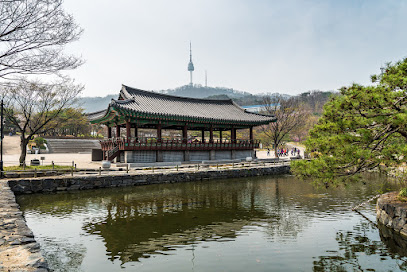
Cheonggye Plaza
Discover the serene beauty of Cheonggye Plaza, a vibrant urban oasis in Seoul, perfect for relaxation and cultural experiences amidst the city's hustle.
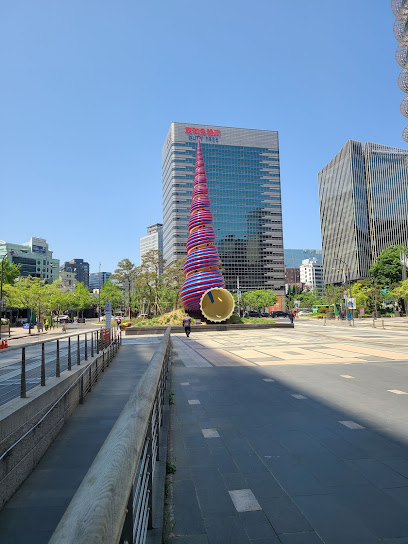
Jogyesa Temple
Experience the serene beauty and spiritual essence of Jogyesa Temple, a cultural gem in the heart of Seoul's vibrant landscape.
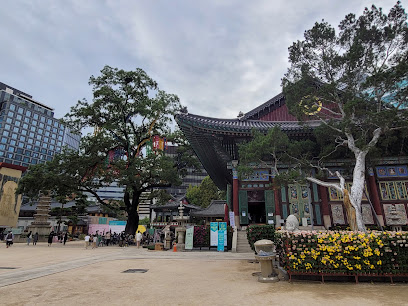
Unhyeongung
Discover the rich history of Korea at Unhyeongung, a cultural landmark showcasing the elegance of the Joseon Dynasty amidst serene gardens.
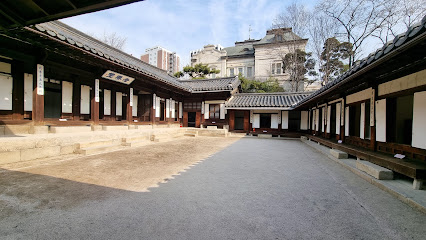
Insadong-gil Street
Explore the vibrant cultural heart of Seoul at Insadong-gil Street, where traditional tea houses and art galleries await your discovery.
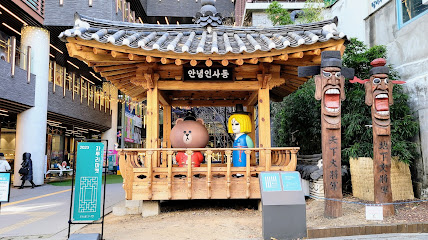
Alive Museum
Explore the interactive art exhibits at Alive Museum in Seoul, where creativity and technology blend to create unforgettable experiences for all ages.
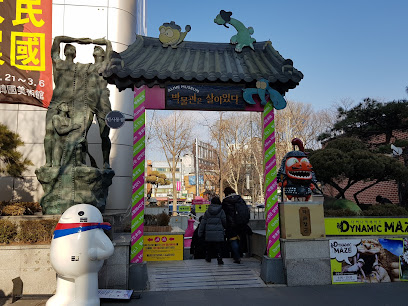
Insadong Culture Street
Discover Insadong Culture Street in Seoul, where traditional arts, crafts, and delicious teas create an unforgettable cultural experience.

Insadong Information Center
Experience the essence of Korean culture at the Insadong Information Center, a hub for art, history, and local traditions in Seoul.

Essential places to dine
Doma Insadong
Discover authentic Korean flavors at Doma Insadong in Seoul's historic Insadong district – a perfect blend of tradition and taste.
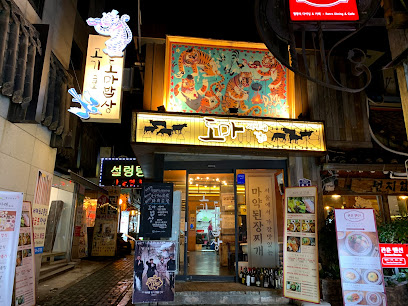
Sanchon
Discover authentic Korean vegetarian cuisine at Sanchon in Seoul's historic Insadong district—an unforgettable dining experience steeped in tradition.
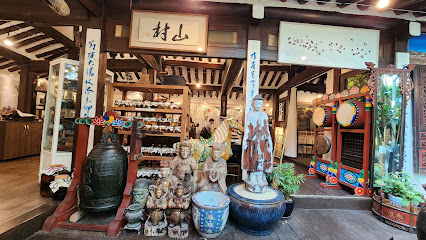
Insadong Geujip
Experience authentic Korean flavors at Insadong Geujip - where tradition meets culinary excellence in Seoul's historic district.
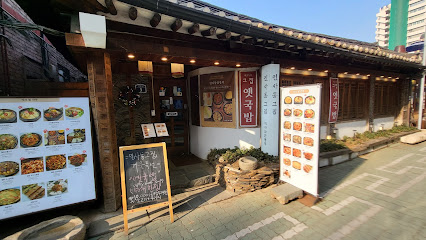
Yangbandaek
Experience authentic Korean flavors at Yangbandaek in Jongno District, where traditional cuisine meets warm hospitality.
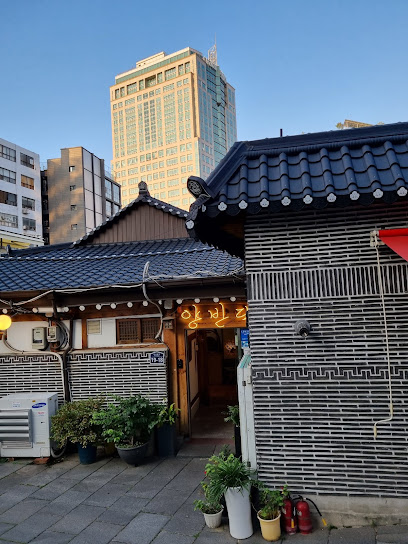
PyeongYang Gogitjip
Experience authentic Korean BBQ at PyeongYang Gogitjip in Jongno District, where flavors meet tradition in every grilled bite.
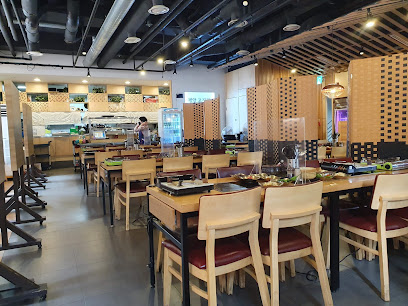
Hanuso
Experience authentic Korean cuisine at Hanuso in Insadong, where tradition meets modern dining in an unforgettable culinary journey.
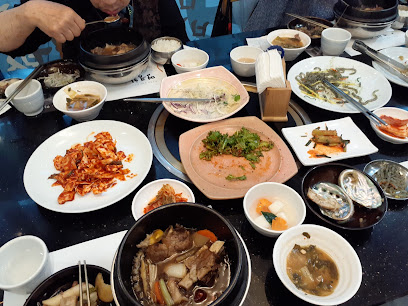
Tteok Salon Insadong
Experience authentic Korean rice cakes at Tteok Salon Insadong - a culinary gem in Seoul's historic Insadong district.
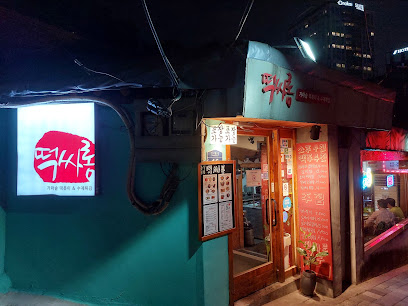
Korean Restaurant Doore
Experience the essence of traditional Korean dining at Doore - where every dish tells a story.
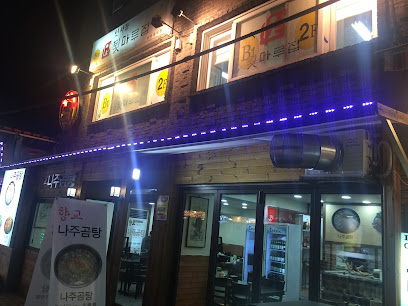
Tteulag
Discover Tteulag: A Culinary Haven in Seoul's Insadong District Offering Authentic Korean Flavors and Warm Hospitality.
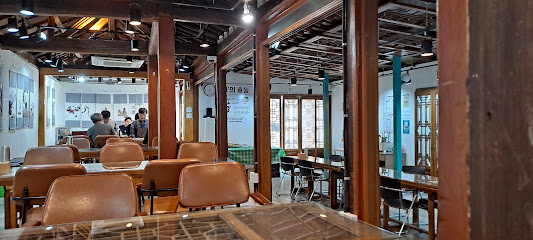
Insadong gukbap
Experience authentic Korean gukbap at Insadong Gukbap in Seoul - where tradition meets flavor in every bowl.
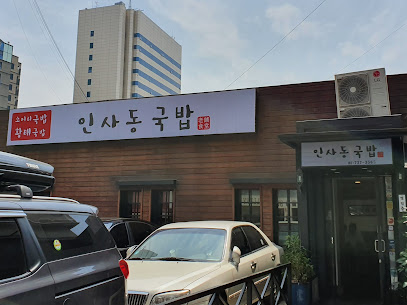
Markets, malls and hidden boutiques
Korean National Souvenir Center
Explore the Korean National Souvenir Center for authentic handmade gifts that embody the spirit of Korea, perfect for souvenirs and keepsakes.
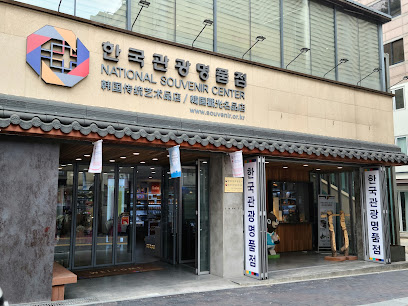
Yeon
Discover Yeon, a charming gift shop in Seoul, offering unique handmade products that reflect Korea's rich cultural heritage.

Insadong Vintage
Explore the rich tapestry of fashion history at Insadong Vintage, where each unique piece brings a story from the past to your wardrobe.
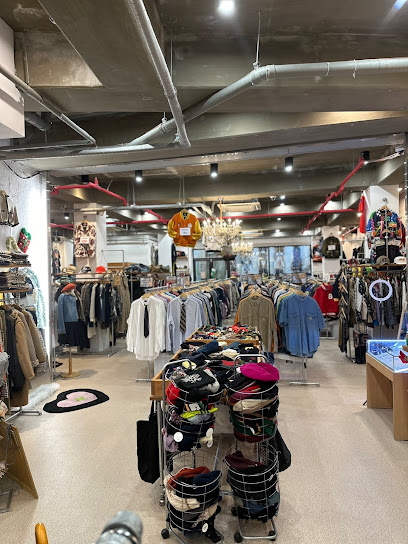
인사1길
Explore the charm of Korean craftsmanship at Insa1-gil, a unique home goods store in Seoul's historic Insa-dong district.
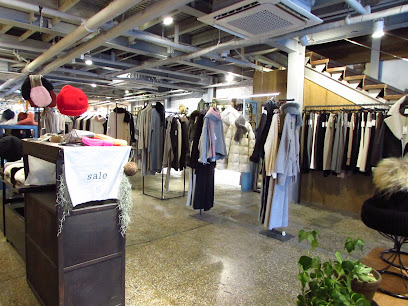
Eunso
Discover the essence of Korean craftsmanship at Eunso, the perfect gift shop in the heart of Insadong, Seoul.

Damul
Explore Damul in Insa-dong, where traditional Korean fashion meets contemporary style in a vibrant shopping experience.

Korea Traditional Souvenir Center
Explore authentic Korean culture at the Korea Traditional Souvenir Center, home to unique handcrafted treasures and traditional memorabilia.

Etro Boutique
Discover the elegance of Italian fashion with unique prints and luxurious fabrics at Etro Boutique in Seoul, a must-visit for style enthusiasts.

AEOL SSIGU MADANG
Explore vintage treasures at AEOL SSIGU MADANG in the heart of Seoul's Insa-dong, where retro fashion meets a vibrant cultural scene.
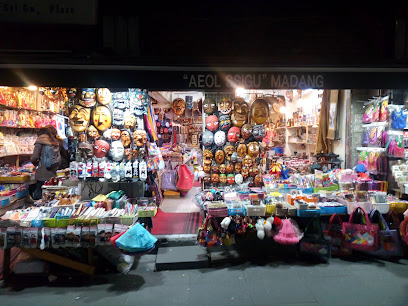
Insadong Bells and Wind Chimes Shop
Explore the enchanting Insadong Bells and Wind Chimes Shop in Seoul, a treasure trove of handcrafted gifts that capture the spirit of Korean culture.

Essential bars & hidden hideouts
Insadong Nogari
Experience the vibrant nightlife of Seoul at Insadong Nogari, a traditional bar offering delicious drinks and a welcoming atmosphere in the heart of Insadong.

Jongnoilbeonzi
Discover the vibrant nightlife of Jongnoilbeonzi, a perfect bar to unwind in the heart of Seoul's cultural district, Insa-dong.
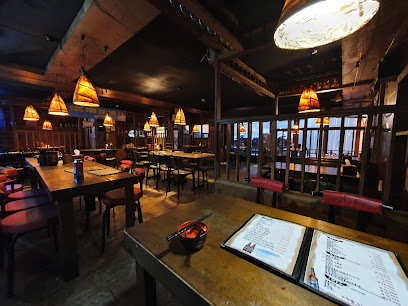
Ranka House Pub and Bar
Discover the lively ambiance and diverse drink selection at Ranka House Pub and Bar in the heart of Seoul's Jongno District.
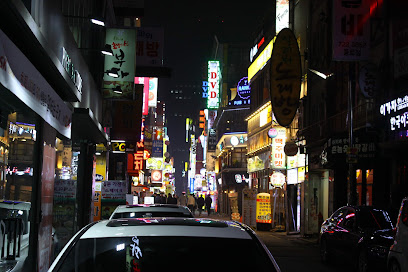
Tou
Experience the authentic taste of Korea at Tou, a Korean rice wine pub in Jongno District, where culture and flavor come alive.

OB's Cabin
Experience the vibrant nightlife of Seoul at OB's Cabin, a live music bar where local talent shines in an intimate setting.
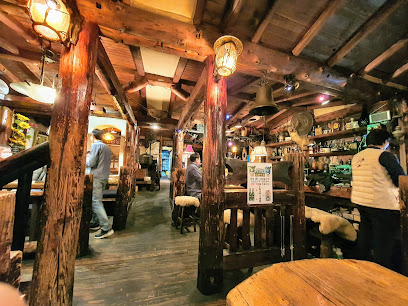
Seochon Dokkaebi
Discover Seochon Dokkaebi, a vibrant bar in Seoul that blends traditional Korean culture with modern nightlife, perfect for an unforgettable experience.
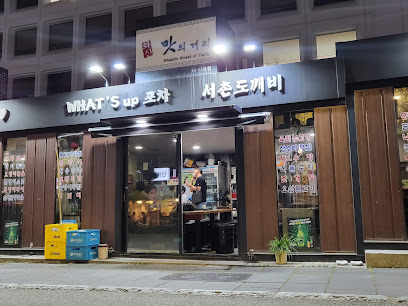
Haejeo
Discover Haejeo, a unique bar in Insa-dong, Seoul, where traditional culture meets modern mixology for an unforgettable experience.

Tongkeun Imo
Discover the lively essence of Seoul's nightlife at Tongkeun Imo, a cozy bar in Insa-dong offering unique local drinks and a welcoming atmosphere.
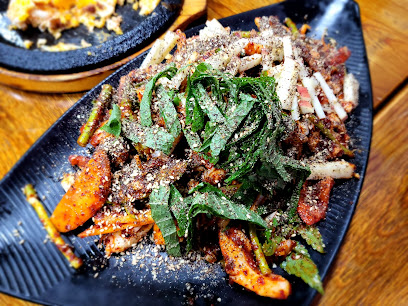
레벤호프
Immerse yourself in Seoul's nightlife at 레벤호프, where traditional charm meets modern mixology in the heart of Insa-dong.

마당쇠호프
Discover the local charm of Seoul at 마당쇠호프, a popular bar in Insa-dong offering delicious drinks and a vibrant social atmosphere.
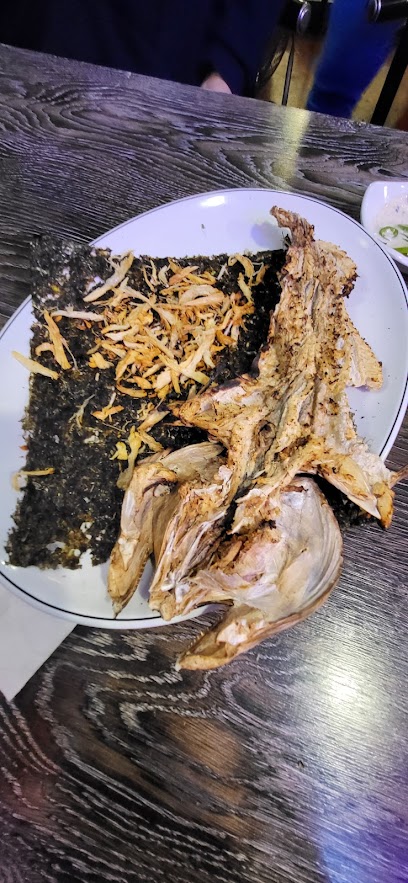
Local Phrases
-
- Hello안녕하세요
[annyeonghaseyo] - Goodbye안녕히 가세요
[annyeonghi gaseyo] - Yes네
[ne] - No아니요
[aniyo] - Please/You're welcome부탁합니다/천만에요
[butakhamnida/cheonmaneyo] - Thank you감사합니다
[gamsahamnida] - Excuse me/Sorry죄송합니다/미안합니다
[joesonghamnida/mianhamnida] - How are you?어떠세요?
[eotteoseyo?] - Fine. And you?좋아요. 그리고 당신은?
[joayo. geurigo dangsineun?] - Do you speak English?영어 할 수 있어요?
[yeongeo hal su isseoyo?] - I don't understand이해하지 못해요
[ihaehaji mothaeyo]
- Hello안녕하세요
-
- I'd like to see the menu, please메뉴를 보고 싶어요
[menyureul bogo sipeoyo] - I don't eat meat고기를 먹지 않아요
[gogireul meokji anayo] - Cheers!건배!
[geonbae!] - I would like to pay, please계산하고 싶어요
[gyesanhago sipeoyo]
- I'd like to see the menu, please메뉴를 보고 싶어요
-
- Help!도와주세요!
[dowajuseyo!] - Go away!가라!
[gara!] - Call the Police!경찰을 불러주세요!
[gyeongchareul bulleojuseyo!] - Call a doctor!의사를 불러주세요!
[uisareul bulleojuseyo!] - I'm lost길을 잃었어요
[gireul ilheosseoyo] - I'm ill아픈데요
[apeundeyo]
- Help!도와주세요!
-
- I'd like to buy...사고 싶어요
[sago sipeoyo] - I'm just looking둘러보고 있어요
[dulleobogo isseoyo] - How much is it?얼마에요?
[eolmaeyo?] - That's too expensive너무 비싸요
[neomu bissayo] - Can you lower the price?가격을 깎아주실 수 있어요?
[gageoreul kkajajusil su isseoyo?]
- I'd like to buy...사고 싶어요
-
- What time is it?지금 몇 시에요?
[jigeum myeot sieyo?] - It's one o'clock한 시에요
[han sieyo] - Half past (10)10시 반
[sipshi ban] - Morning아침
[achim] - Afternoon오후
[ohu] - Evening저녁
[jeonyeok] - Yesterday어제
[eoje] - Today오늘
[oneul] - Tomorrow내일
[naeil] - 1하나
[hana] - 2둘
[dul] - 3셋
[set] - 4넷
[net] - 5다섯
[daseot] - 6여섯
[yeoseot] - 7일곱
[ilgob] - 8여덟
[yeodeol] - 9아홉
[ahop] - 10열
[yeol]
- What time is it?지금 몇 시에요?
-
- Where's a/the...?...이 어디에 있어요?
[...i eodie isseoyo?] - What's the address?주소가 뭐에요?
[jusoga mwoeyo?] - Can you show me (on the map)?(지도에서) 보여주세요
[(jidoeseo) boyeojuseyo] - When's the next (bus)?다음 (버스) 언제와요?
[daeum (beoseu) eonjewayo?] - A ticket (to ....)(...으로) 표 하나 주세요
[(...euro) pyo hana juseyo]
- Where's a/the...?...이 어디에 있어요?
History of Insadong
-
Insadong has long been recognized as the cultural and artistic hub of Seoul. Its history dates back to the Joseon Dynasty (1392-1910), when it served as a center for scholars and artists. The name 'Insadong' literally translates to 'the area of the merchants,' reflecting its role as a marketplace for traditional crafts and art.
-
During the late Joseon period, Insadong became a gathering place for Confucian scholars and artists. The neighborhood was characterized by traditional hanok (Korean houses) and numerous art galleries, craft shops, and tea houses. This era saw the flourishing of Korean calligraphy, painting, and pottery, which are still prevalent in the area today.
-
The Japanese occupation of Korea (1910-1945) brought significant changes to Insadong. Many traditional shops were replaced with Japanese-style establishments. Despite the oppressive regime, Insadong remained a stronghold for Korean culture, with underground movements promoting traditional arts and literature.
-
Following the Korean War (1950-1953), Insadong experienced a revival as a cultural and artistic center. In the 1960s and 1970s, efforts were made to preserve its historical character, and it became a popular tourist destination known for its antique shops, art galleries, and traditional craft stores.
-
In the late 20th and early 21st centuries, Insadong underwent modernization while striving to maintain its cultural heritage. The establishment of the Insadong Cultural District aimed to promote traditional arts through festivals, workshops, and exhibitions. Today, Insadong is a vibrant neighborhood that showcases the rich history and culture of Seoul, attracting both locals and tourists alike.
Insadong Essentials
-
Insadong is easily accessible from various neighborhoods in Seoul. The nearest subway station is Anguk Station (Line 3), which is a short walk from the main Insadong street. From Myeongdong, you can take Line 4 to Dongdaemun Station, then transfer to Line 3. Alternatively, buses from major areas like Gangnam and Hongdae frequently service Insadong, with routes 109, 151, and 1711 stopping near the neighborhood.
-
Insadong is a pedestrian-friendly area, making it easy to explore on foot. Public transportation is also convenient; the subway and buses are readily available. Bicycles can be rented through Seoul’s bike-sharing program, 'Ddareungi,' which allows you to explore the area at your own pace. Taxis are also an option, but walking is often the best way to take in the sights.
-
Insadong is generally safe for tourists, but it is always wise to remain vigilant. Be cautious in crowded areas where pickpocketing can occur. While the neighborhood does not have specific high-crime areas targeting tourists, it is advisable to avoid alleyways at night and be cautious around the main street during late hours.
-
In case of an emergency, dial 112 for police assistance or 119 for fire and medical emergencies. There are hospitals and clinics in and around Insadong. It is advisable to have travel insurance covering medical emergencies, and pharmacies are available for minor health issues.
-
Fashion: Do dress modestly, particularly when visiting cultural sites. Avoid overly casual or revealing attire. Religion: Do respect local customs; when entering temples, remove shoes and be quiet. Public Transport: Do offer your seat to elderly passengers. Don’t talk loudly or eat on public transport. Greetings: Do greet with a slight bow and a smile. Don’t initiate a handshake unless the other person does first. Eating & Drinking: Do try local street food and coffee at traditional tea houses. Don’t waste food or refuse hospitality, as it may be seen as rude.
-
To experience Insadong like a local, visit the traditional tea houses and craft shops along the alleyways. Engage with shop owners for insights into their crafts, such as pottery and calligraphy. Don’t miss the local art galleries and street performances, especially on weekends. Participate in a traditional tea ceremony for an immersive cultural experience, and be sure to check out the nearby Jogyesa Temple for a peaceful retreat from the bustling streets.










